|
Yesterday I was in disassembly mode with a client's carburetors and found the scene shown below inside #1's float bowl, and only #1 — the other carbs were dry and relatively clean. When I see that black goo coating the jets I know I'm in for a cleaning challenge. In this case it was the pilot and "choke" circuits. The arrow is pointing to the choke jet, which is fixed in place, adding another layer of difficulty when cleaning. (Below) When the pilot screw was removed I found this sticky mess on the tip (left photo). This tells me that the passages serving the pilot circuit are full of this stuff and surely clogged. Fortunately, this goo hasn't been here long and cleaned up with aerosol brake cleaner and a scrub pad (right photo). After the better part of an hour in the ultrasonic cleaner the passages eventually cleared with tiny wire probes into the jet and several blasts of 100psi compressed air followed by repeated flushings with brake cleaner. In severe cases clearing internal passages of this varnished gasoline can be very difficult, and therefore time consuming. In this case, everything eventually cleared and I'm able to move forward with assembly.
0 Comments
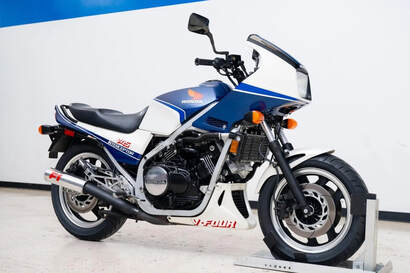 Click on image for the BaT link Click on image for the BaT link UPDATE: SOLD $7200 w/27bids What: 1983 VF750F Interceptor Where: Raleigh, N. Carolina Why: Low-mile survivor Price: Auction closes Nov. 28 Live on Bring-A-Trailer is this great-looking first-year 750 Interceptor showing only 4072 miles. Not many details from the selling dealer but the bike appears to be unmolested save for the period F1 mufflers, the right side showing a bit of rash. I don't see telltale signs of restoration work, so I'm assuming this is being represented as an original condition example. The comments so far are centered around the infamous cam issue, but the seller hasn't yet responded, so that's an open question for bidders. Two days in we're at only $2500 but the bidding would probably gain some traction if some sort of assurance could be had regarding a cam oiling modification or maybe a cam inspection, neither of which appear likely. In any event, this looks like an exceptional example of an important model in the Interceptor's lineage. Not all bikes were affected by "soft cams" and most were discovered/fixed early on, so the whole thing may be a non-issue. This would make a nice addition to a "riding collection" or an awesome entry into classic bike ownership. This auction could go anywhere, so I'll be watching with interest. 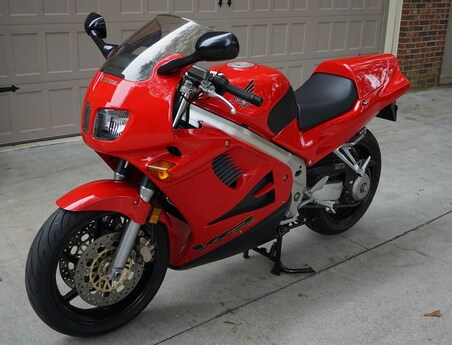 Click on image for the BaT link Click on image for the BaT link UPDATE: SOLD $7750 w/29 bids What: 1997 VFR750F Where: Aiken, South Carolina Why: Low miles, well-kept Price: BaT Auction, ends Nov. 25 Up for auction is this very nice, rider-grade, final year VFR750, showing only 3900 miles. The seller indicates the bike was acquired in 2011, then stored since 2014. Receipts are provided documenting the recommissioning, though most are dated from 12 years ago, including the tires. This example shows very well with only a few scuffs and scratches, and includes manuals, tools, passenger seat cowl and an installed shift kit. Anyone in search of a nice, long-term 4th-gen VFR, this may be your auction. 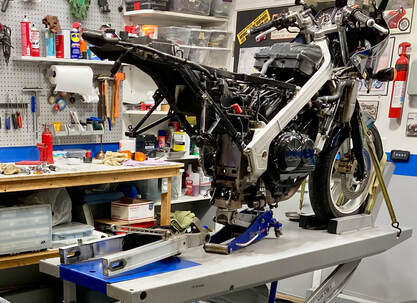 Project 42, a 1986 VFR750, is on the lift, and with the carbs and valves completed, I've begun work on the various rear chassis chores. Central to this work is the swingarm, which in this case is cosmetically damaged from some liquid etching the anodizing on the right side. I see this on about half of my projects, and I assume it's caused from vented battery acid which is blown back onto the swingarm by the wind. 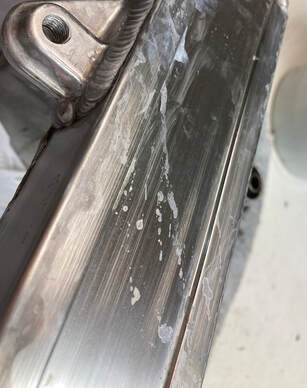 This photo shows the result and it's only fixable by physically removing the anodizing then sanding and polishing the raw aluminum. I cover this on my "Maintenance" page but here I'm doing only one side of the swingarm and doing it indoors. As always, I begin with a thorough degreasing and cleaning, taking care not to introduce any dirt into the needle bearings, which I will later wipe clean, inspect and re-grease prior to remounting the swingarm. (Below) I strip the finish with spray-on oven cleaner — I need to contain the stripper so I spray some into a container and apply with an acid brush, wiping any drips or excess with a damp paper towel. After sitting for about 20 minutes I scrub with a non-scratch pad and wipe clean with a wet towel. (click on an image to enlarge) (Below) Here's what I'm left with. If you see any shiny areas of remaining anodizing, reapply the stripper till it's all removed. I then sand with 600- followed by 800-grit wet/dry sandpaper till I'm down to bare aluminum. The original corrosion left small etchings (pink arrow) in the aluminum, and depending upon the level of finish you're after these can be left in place or, as in this case, continue sanding to remove. I'll need to use coarser paper on these spots, but I've learned to never go below about 500-grit in order to avoid sanding marks which will be difficult to remove. (Below) I want to match the other (original) side so my final sanding is lengthwise with the "grain" of the aluminum. In this case I found 800-grit to give a good match along with a single hand application of aluminum polish. When I'm happy with the finish I preserve it with two applications of Sharkhide. I can't forget the axle brackets — these appear to be stainless steel so I polish out any corrosion and discoloration with wet/dry sandpaper, then protect with Sharkhide, clear coat paint or a metal treatment. If you're OCD, like me, you can polish the flat screw heads by rubbing on sandpaper on a flat surface. Ready for assembly!
Years ago I noticed that custom wheel maker Enkei was the wheel supplier for our old VFRs. As a finishing touch for my personal 1993 (Project 39) I wanted to add a small bit of flair to my newly painted wheels and decided to honor the Enkei name. A search for suitable decals turned up nothing that would apply to a motorcycle wheel rim, so I had my own made. The trick is to get the curvature just right so I supplied my vinyl guy a 17" wheel and he matched it perfectly. I like the subtle custom look that these decals provide and they're easily removable, if desired. I sized the decals at 12mm (1/2") high to fit the outer flat of the wheel and added directional arrows…just because. The length is 52mm (2") including the arrow, which can be easily deleted by snipping it off before installing. I wanted red to complement my painted factory directional arrows on the rear wheel, and red compliments most wheel colors. These are die-cut individual letters.
I had 100 of each direction made to keep the cost reasonable, and I'm offering these on my "Products" page for anyone interested. Priced at $2 each or $15 for a complete set of eight, enough to do both wheels. Shipping included to anywhere in the world. This is only slightly above my cost to produce and ship these. (click on an image to enlarge) 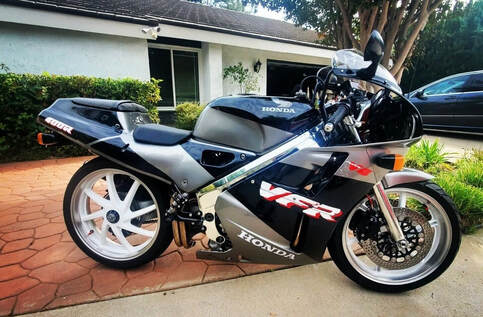 Click on image for the RSBFS link Click on image for the RSBFS link What: 1990 VFR400R (NC30) Where: Thousand Oaks, CA Why: Tasteful, rare, restored Price: $8900 opening bid, eBay Honda's 400cc V4 sport bikes were never offered in the U.S. market, we instead got the gentrified VF500. Mostly sold in Japan, the VFR400 was available from 1986-96, designated NC21, -24, -30 & -35. the NC35 changing nomenclature to RVF400. The model's cosmetic and mechanical specs intentionally mimicked the larger RC30/RC45 and the formula really works. At the time, unavoidable high showroom prices kept sales figures low, but today these little gems are sought-after items, at least for those who physically fit the smaller package. This example came to my attention on Rare Sport Bikes For Sale (.com), catching my eye for the relatively subdued paint scheme compared to the more common, flashier colors offered. Not that you will avoid being noticed with the full TYGA exhaust and a 14,500 RPM redline. Recently restored by a South African shop the bike shows 26,246 miles and oozes a sophisticated air. Click on the image above for a detailed list of work performed on this bike. If you need an example of Honda's capabilities, this will do. The starting bid of $8900 is normally in the RC35 range, but this one is special…here's a short walk-around & start-up video. I could ogle this thing for hours. 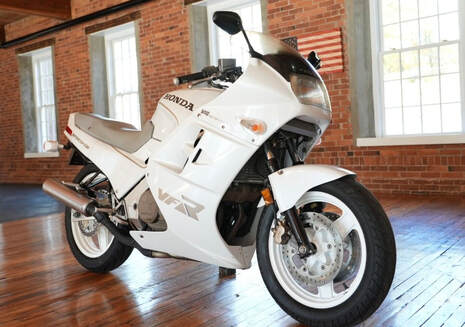 Click on image for the eBay listing Click on image for the eBay listing What: 1986 VFR700 F2 Where: Vernon-Rockville CT Price: Ebay: $2250 opening bid I want to be clear upfront that I'm not picking on our seller, well-known Kaplan Cycles who has earned a 100% positive eBay rating over many years of selling motorbikes. Nor am I intending to nit-pick this bike, but rather pointing out that buyers need to be aware of unintentional mis-information provided to sellers in this day of buying vehicles sight-unseen via the wonders of the internet, and I thought that this sale would provide a good example. This bike was part of a collection, one of several V4 models, and was given a refurbishment at Kaplan Cycles (see the listing for details). It shows 16,880 miles and is represented as "all stock & unmolested." The VIN plate shows the bike to be an RC26 (700cc) with a manufacture date of Feb. 1986, production number 357, which would make it one of the earlier F2 models. The F2 was an update to the original "F" and was introduced in the latter half of the 1986 model year, continuing through 1987. The visual cues to the '86 F2 are the Pearl Crescent White color and "square" instrument gauges which this bike has, but is lacking the correct dark blue seat. There's also aftermarket mirrors and front turn signals fitted. This bike has been down on the right side, and the seller is up front about cosmetic damage to the tank and right side fairings. The right side muffler shows rash, which isn't pointed out. There's short pinstripe decals added to the tail light fairing which makes me wonder about having all "original paint." The chin fairing doesn't align and seems to be lacking the lower clip. The front reflectors are missing brake line routing brackets and the OEM windscreen is lacking the edge molding. The optional centerstand and passenger seat cowl are not with this bike. I didn't see a reference to the valve clearances being checked. Ken himself does a riding and walk-around video in the listing — the bike sounds good and revs off idle nicely. He indicated that the tires are "brand new" Dunlops but I think I made out a 2001 date code on the rear, but I could be mistaken. The ignition switch and fuel cap have been replaced, so there was apparently no key available when Ken acquired the bike. The appeal of this bike is the low miles but the real fly in the ointment here is the lack of title which could be a major issue for many buyers, as this is a rider-grade example, not a museum queen. The listing has an opening auction bid of $2250, with reserve, and a buy-it-now price of $4250. I'm not sure who our potential buyer is here, considering the lack of title. I've learned (the hard way) over the years to glean as much information from a sellers ad copy, photos and videos as possible then always communicate with a seller to fill in the blanks and get a "feel" for the seller. He's a consummate salesman, but to my knowledge Ken Kaplan has always been an upfront, straight-talking guy — I hope this VFR finds a good home. The VF1000 "R" was a technological upgrade from the previous "F" (in the U.S.). It was available here for 1985 and '86 only, with a few minor changes between the model years, the most obvious being a dual headlight for 1986. The "R" models have been creeping up in value over the past ten years or so as the supply of nice examples dwindle and their relative exclusivity beckons riders and collectors alike. Values are currently hovering around the $10,000 mark. Here's examples of both years recently sold via Bring-A-Trailer auction sales. 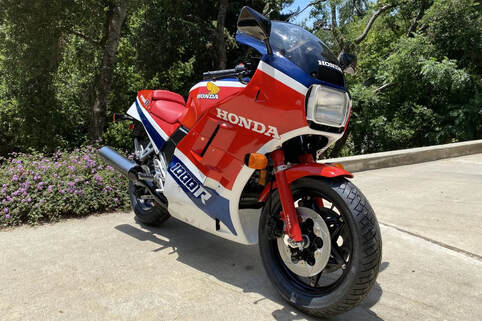 Click on image for the BaT link Click on image for the BaT link SOLD: $12,250 (+buyer's fee) This beautiful 1995 example has undergone a recent and fairly extensive rebuild/restoration by a professional shop in California. The work included refurbishing mechanical systems and a full repaint, which looks stunning. The bike shows 29,000 miles and features a new flat-top Euro-style fuel tank with a larger 6.2 gallon capacity, befitting its endurance racing heritage. 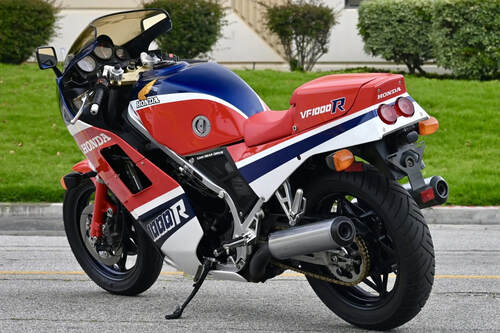 Click on image for the BaT link Click on image for the BaT link SOLD: $10,500 (+buyer's fee) This 1986 VF1000R doesn't boast the recent attention lavished on the above example, the lower selling price reflecting that. Presenting itself very well at 20,000 miles and retaining its U.S.-spec smaller fuel tank, this one is more of a genuine survivor. I hope its new rider will show it off as such while putting some miles on Honda's final year 1000cc V4. |
THE SHOP BLOG
|
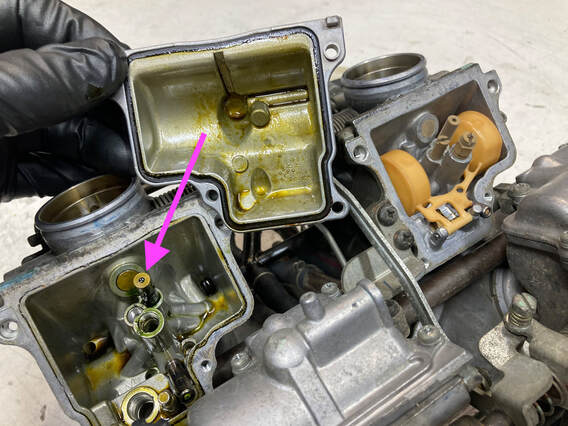


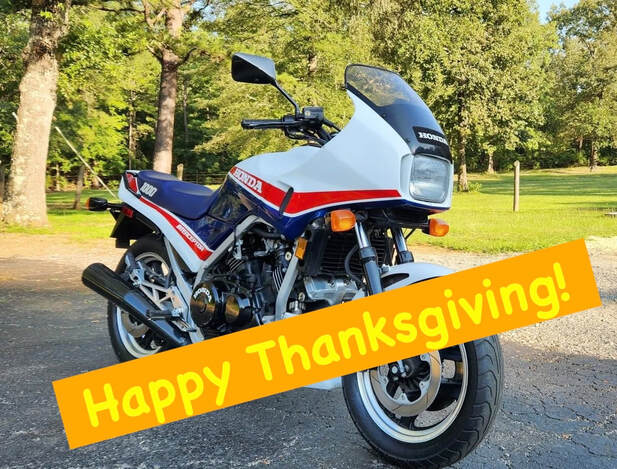













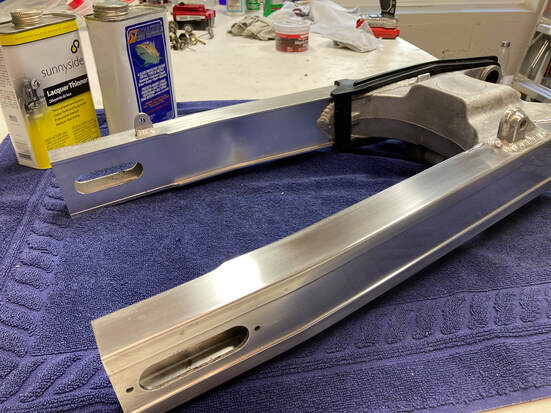
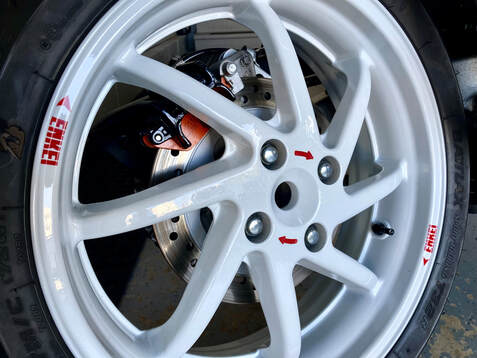



 RSS Feed
RSS Feed